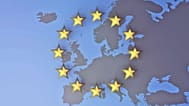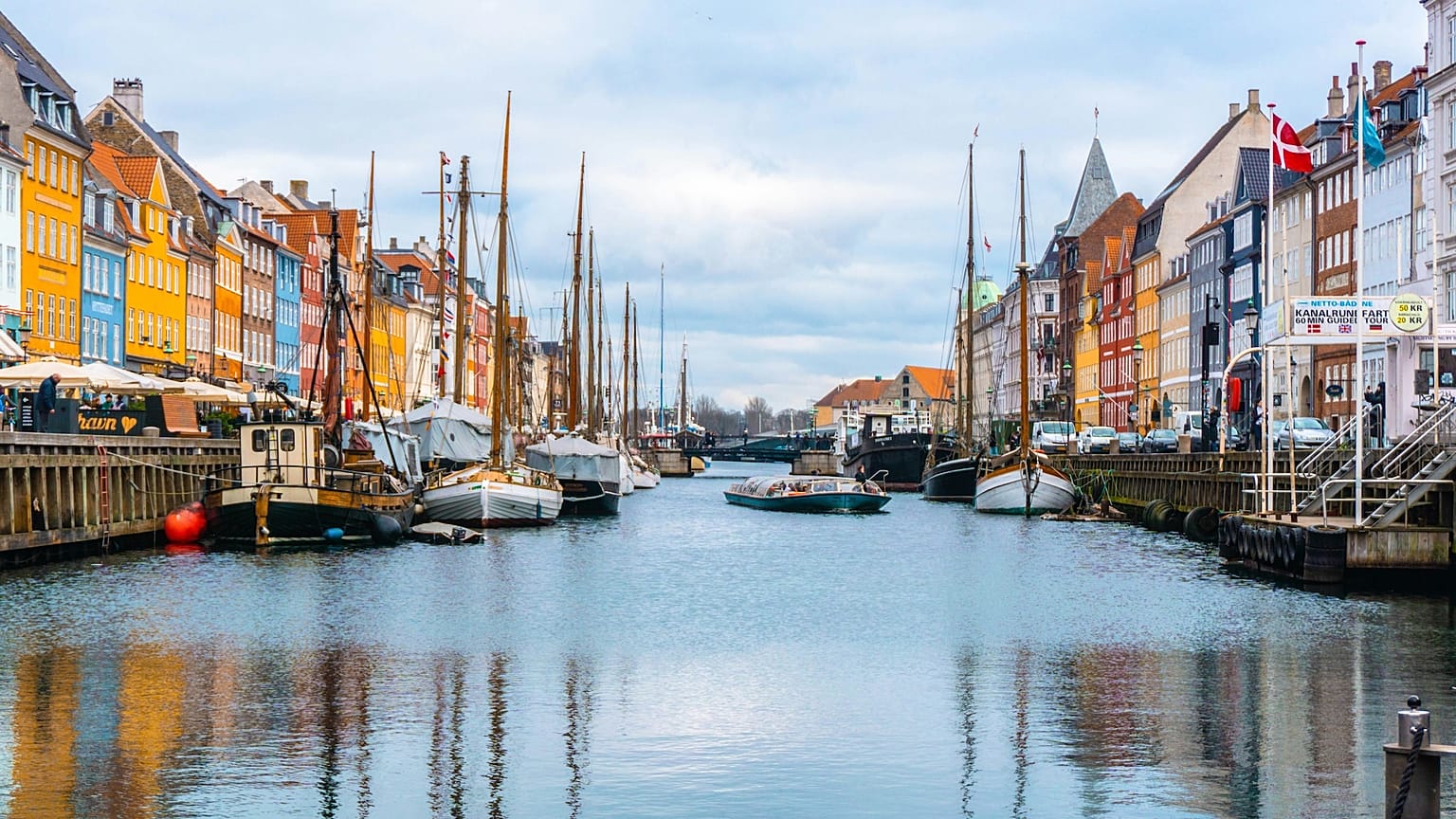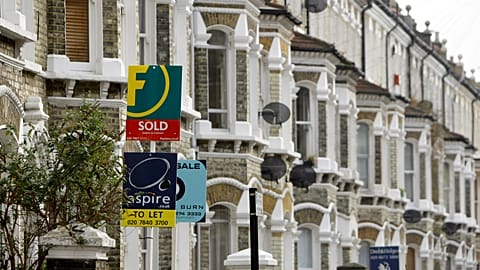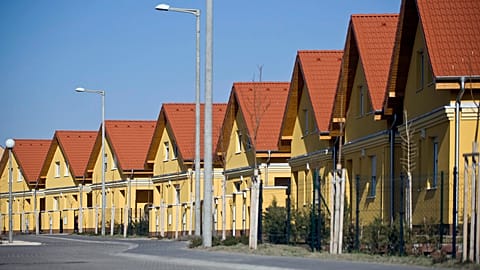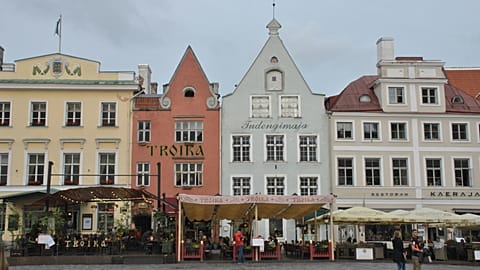The proportion of household expenditure dedicated to housing, water, electricity, gas, and other fuels has significantly increased over the past 20 years. Euronews Business takes a closer look at which countries experienced the largest increase.
The rising cost of living is the most pressing concern for more than 90% of Europeans according to The European Parliament's Autumn 2022 Eurobarometer. Official data sheds light on what's behind this growing anxiety. Household consumption expenditure shows the allocation of spendings made by resident households to meet their everyday needs, such as food, housing (rent), clothing, energy, health and transport.
Housing, water, electricity, gas and other fuels accounted for the largest share of household consumption in the EU in 2022, representing 24.1%, according to data from Eurostat. This was followed by food and non-alcoholic beverages at 13.6%, while transport costs accounted for 12.5%. While the ranking of these categories has remained consistent over the past 20 years, their relative shares have changed over time.
What does expenditure on "housing, water, electricity, gas" include?
According to the Eurostat, this expenditure includes:
- Actual rentals for housing
- Imputed rentals for housing
- Maintenance and repair of the dwelling
- Water supply and miscellaneous services relating to the dwelling
- Electricity, gas and other fuels
Owner-occupiers' imputed rental is an estimate of the housing services consumed by households who are not actually renting their residence according to the Office for National Statistics. It can be thought of as the amount that non-renters pay themselves for the housing services that they produce.
Here's a closer look at how household spending has changed in the EU - and where people are being hit the hardest.
Household expenditure rises as costs surge
Comparing figures in 2002 to 2022, the most significant change occurred in household expenditure, which increased from 21.1% to 24.1%. This represents a 3 percentage point (pp) rise over the two decades. This means that, if a household's total spending was €1,000 in 2002, they would have spent €211 on housing. By 2022, this amount would have risen to €241.
The increase underscores the growing financial burden of essential living costs on European households, likely to have been driven by rising housing prices and energy costs over the past two decades.
When looking at health expenditures, they increased by 22%, compared to a 14% increase in housing. However, because the share of housing expenses is significantly larger, the overall impact of the increase in housing costs is much greater.
Starting at just above 20% in the early 2000s, the share of household spending on housing and utilities steadily increased, reaching a peak of nearly 25% in 2013. This period experienced the most significant growth, highlighting the rising costs associated with housing and utilities.
After a slight decline, the share surged again during the Covid-19 pandemic, reaching a record high of 25.6% in 2020.
The overall increase in housing and utility expenditures over the past two decades indicates that these costs have become an increasingly substantial part of household budgets, reflecting broader economic pressures and shifts in living costs across the EU.
Ireland sees the most significant rise
In some countries, the increase has been more pronounced, exceeding 5 pp. Between 2002 and 2022, Ireland saw the most significant rise, with a staggering increase of 7.1 pp, followed by Spain and Italy with increases of 6.3 pp and 5.4 pp, respectively.
In 10 EU countries, the increase surpassed 4 pp, highlighting a widespread upward trend across the region.
Several Eastern European countries, along with Sweden and the UK, saw falls in the share of expenditure on housing. Romania, in particular, experienced the most significant drop, with a reduction of 4.1 pp, while Bosnia and Herzegovina and Serbia also saw notable declines.
The Covid-19 period
During the Covid pandemic, the proportion of household spending on housing surged across nearly all countries, reaching record highs. However, in 2022, as the pandemic eased, this share began to decline.
When factoring in the peak levels seen during the pandemic, the overall increase in housing expenditure over the past two decades becomes even more striking.
Which European countries spend the most on housing and bills?
The expenditure on housing, water, electricity, gas and other fuels as the percentage of total household expenditure varies significantly across Europe.
In 2022, Slovakia led the list, with more than 30% of expenditure dedicated to housing, water, electricity, gas and other fuels. Finland and Denmark followed closely, with 29.6% and 29.1%, respectively, spent on housing and bills.
These figures indicate that Northern and Central European countries are facing significant financial pressures related to housing and utilities, most likely driven by higher energy costs or more expensive housing markets.
In contrast, Southern and Eastern European countries such as Montenegro, Turkey, and Albania have much lower shares, with Montenegro at just 11.6%, and Turkey and Albania at 12.4% and 12.5%, respectively.
Housing costs hit lower-income households hardest
A recent OECD report on affordable housing highlights that housing costs can impose a high financial burden on households, particularly those with lower incomes.
The housing cost overburden rate is alarmingly high among Europe's leading economies. In 2022, almost half of the low-income private tenants in the UK (49%) spent more than 40% of their income on rent, followed by 32% in France and 28% in Italy.


